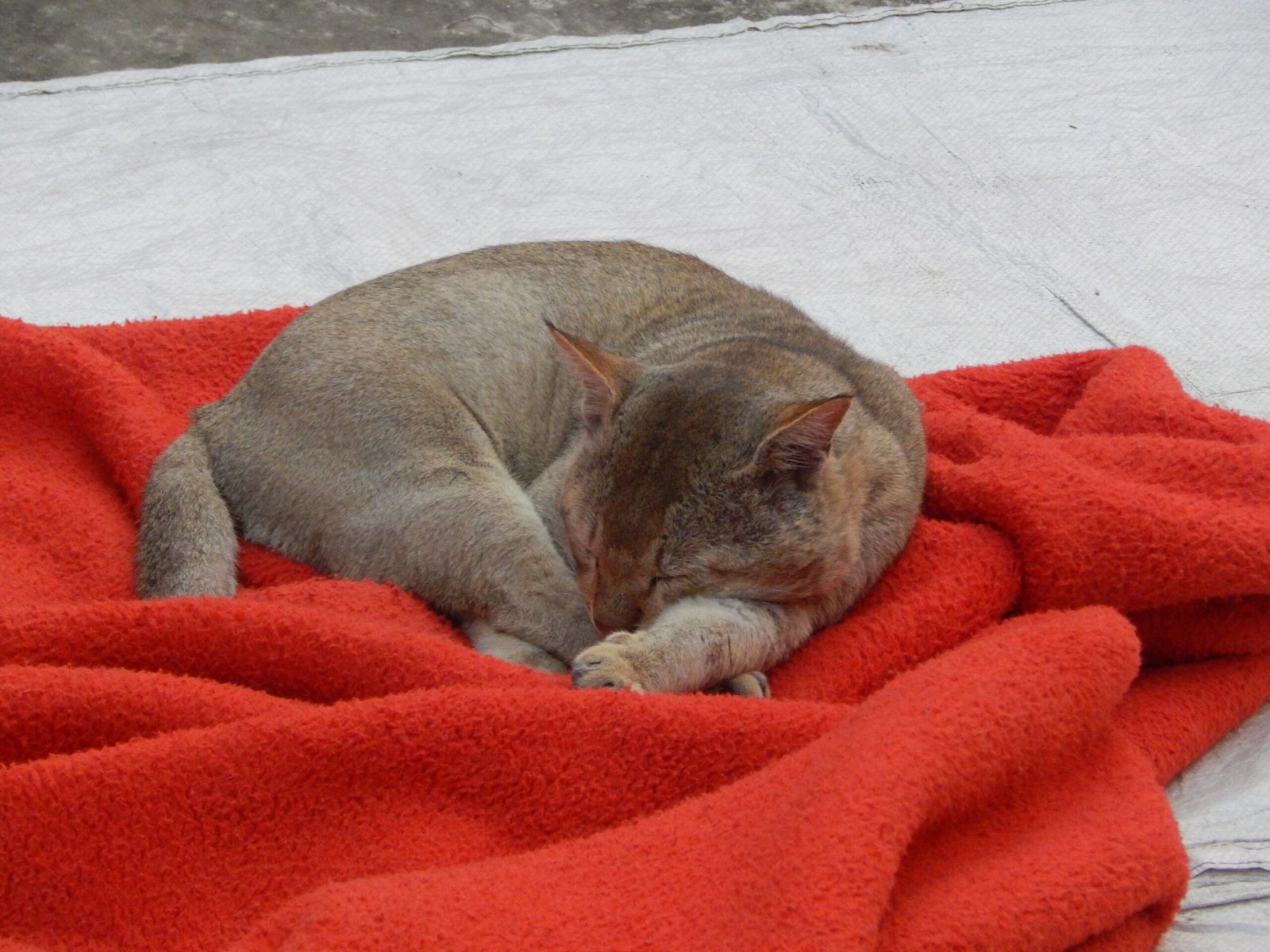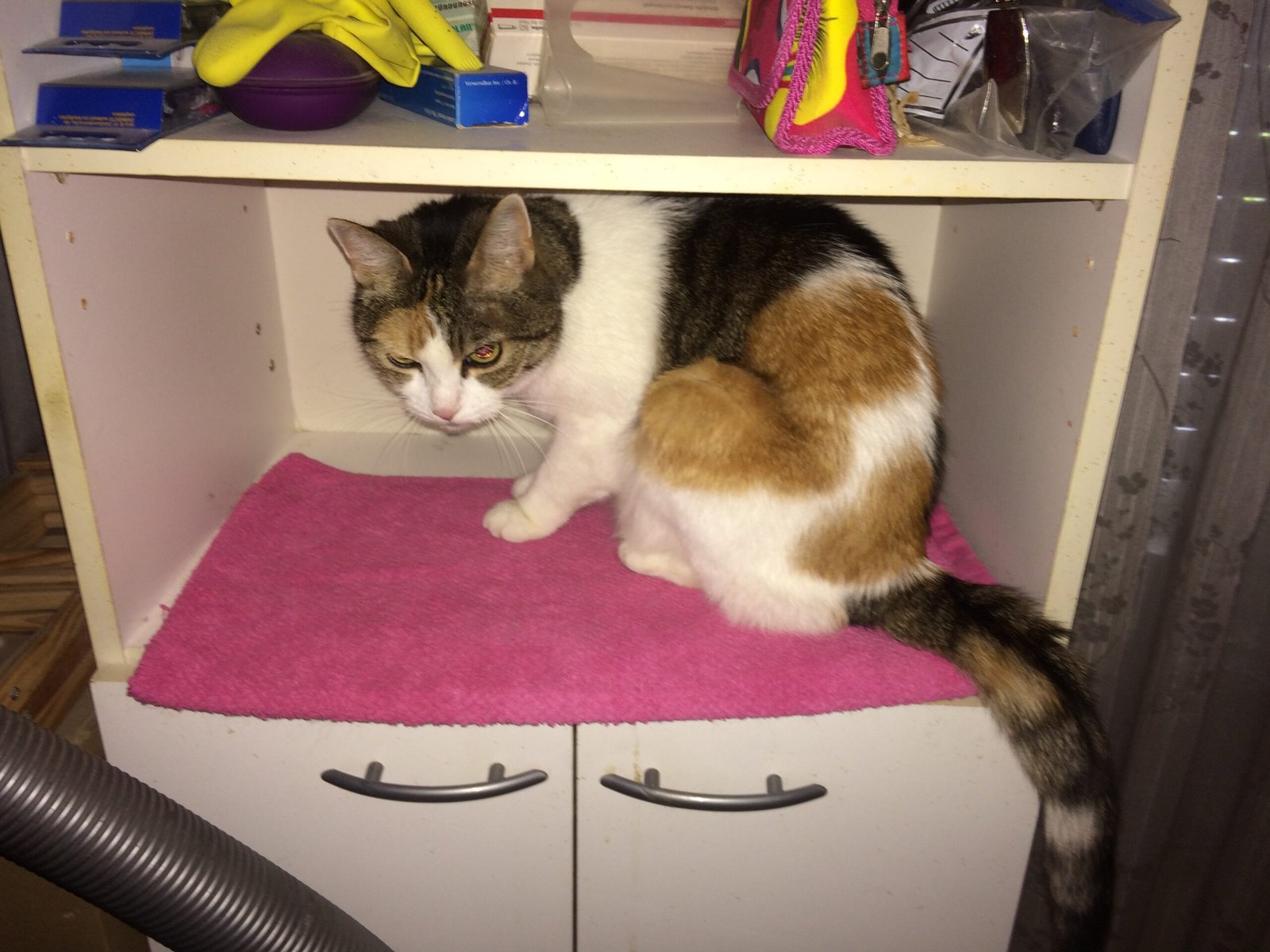Imagine being out in a world full of towering giants, strange smells, and sudden noises. For a moment, think about how overwhelming it must feel to be a cat facing such an environment. Now, picture the immense comfort of slipping back into a cozy, familiar spot where every scent, shadow, and sound is known. This emotional journey is at the heart of a question every cat lover ponders: Do cats truly feel relief when they return to their safe space? Let’s step into the paws of our feline companions and explore the fascinating world of their emotions and instincts.
The Importance of Safe Spaces for Cats
Cats are creatures of habit, and nothing matters more to them than having a territory they can call their own. Safe spaces are vital because they offer security and predictability in a sometimes chaotic world. These sanctuaries might be a favorite room, a tucked-away closet, or even a cardboard box. When a cat knows it has a place to retreat to, its anxiety levels drop significantly. This is especially crucial for indoor cats, who rely on the home environment for all their needs. Safe spaces help cats manage stress and recharge after a day filled with unfamiliar sights and sounds. Without such refuges, a cat can become withdrawn or even develop behavioral problems.
How Cats Experience Stress Outside Their Comfort Zones
Venturing beyond their comfort zones can be a nerve-wracking experience for many cats. Loud noises, unfamiliar people, or even a trip to the vet can send their stress levels soaring. When outside their safe space, cats may display signs of fear such as crouching, flattened ears, or a fluffed-up tail. Their senses are on high alert, constantly scanning for threats. This heightened state of awareness is exhausting, both mentally and physically. It’s, therefore, no surprise that many cats make a beeline for home as soon as they can escape. The outside world, even if it’s just the living room during a family gathering, can be overwhelming for a sensitive feline.
The Science Behind Feline Relief and Comfort
When a cat returns to its safe space, its body language changes almost instantly. Scientists believe this is linked to the reduction of stress hormones like cortisol. In a familiar environment, a cat’s heart rate and breathing slow down, and its muscles relax. This physical shift is a clear indicator of relief. Just like humans feel a wave of calm when walking through their own front door after a long day, cats experience something similar. The scents, sights, and sounds of their safe space trigger positive associations and memories. These cues reinforce the feeling that all is well, allowing cats to fully unwind.
Signs That Your Cat Feels Relief at Home
Cats communicate their emotions through subtle behaviors. When a cat feels relief after returning home, you might notice them stretching luxuriously, kneading a soft blanket, or rubbing their cheeks against furniture. They may flop over on their side, exposing their belly in total relaxation. Purring often becomes louder and more frequent in these moments of comfort. Even the way they blink—slow and deliberate—can signal that they feel safe and content. These behaviors are your cat’s way of saying, “I’m home, and I feel good.”
The Role of Familiar Scents and Objects
For cats, scent is one of the most powerful tools for feeling secure. Their safe space is layered with their own unique scent, as well as the comforting smells of their favorite humans and objects. Blankets, toys, and scratching posts act as anchors, reminding them they are in familiar territory. When a cat detects these scents after being away, it’s like a reassuring hug for their senses. Even subtle changes, like washing a beloved blanket, can disrupt this sense of security. That’s why it’s so important to maintain consistency in your cat’s environment wherever possible.
How Routine and Predictability Enhance Feline Relief
Cats thrive on routine, and knowing what to expect makes their world feel manageable. Feeding times, play sessions, and even the sound of your footsteps all contribute to a predictable environment. When a cat’s routine is disrupted, such as during a move or the arrival of a new pet, their sense of safety can be shaken. Returning to normalcy—whether it’s their old napping spot or the usual dinner schedule—brings immediate relief. This is why maintaining some predictable elements, even during changes, can help your cat feel grounded and secure.
Helping Your Cat Find and Maintain Their Safe Space

Creating a safe space for your cat doesn’t have to be complicated. Start by observing where your cat naturally gravitates when they need to relax. Make this area cozy with soft bedding and favorite toys. Ensure it’s quiet and away from high-traffic areas in the home. Some cats prefer elevated spots, like a windowsill or bookshelf, where they can observe their surroundings safely. Others may prefer a covered hideaway, such as a cat cave or even a cardboard box. Regularly spending calm, positive time in these spaces with your cat can strengthen their sense of security and relief.
Understanding Individual Differences in Feline Behavior

Not all cats are the same, and their need for safe spaces can vary widely. Some cats are naturally more curious and adventurous, while others are shy and easily startled. Age, past experiences, and even breed can influence how much relief a cat feels when returning to its sanctuary. For example, rescue cats who have experienced trauma may depend even more on their safe spaces. Meanwhile, confident cats might only retreat occasionally, but even they benefit from a personal haven. Recognizing your own cat’s unique personality is key to providing the best possible environment for their well-being.

Suhail Ahmed is a passionate digital professional and nature enthusiast with over 8 years of experience in content strategy, SEO, web development, and digital operations. Alongside his freelance journey, Suhail actively contributes to nature and wildlife platforms like Feline Fam, where he channels his curiosity for the Feline into engaging, educational storytelling.
With a strong background in managing digital ecosystems — from ecommerce stores and WordPress websites to social media and automation — Suhail merges technical precision with creative insight. His content reflects a rare balance: SEO-friendly yet deeply human, data-informed yet emotionally resonant.
Driven by a love for discovery and storytelling, Suhail believes in using digital platforms to amplify causes that matter — especially those protecting Earth’s biodiversity and inspiring sustainable living. Whether he’s managing online projects or crafting wildlife content, his goal remains the same: to inform, inspire, and leave a positive digital footprint.






